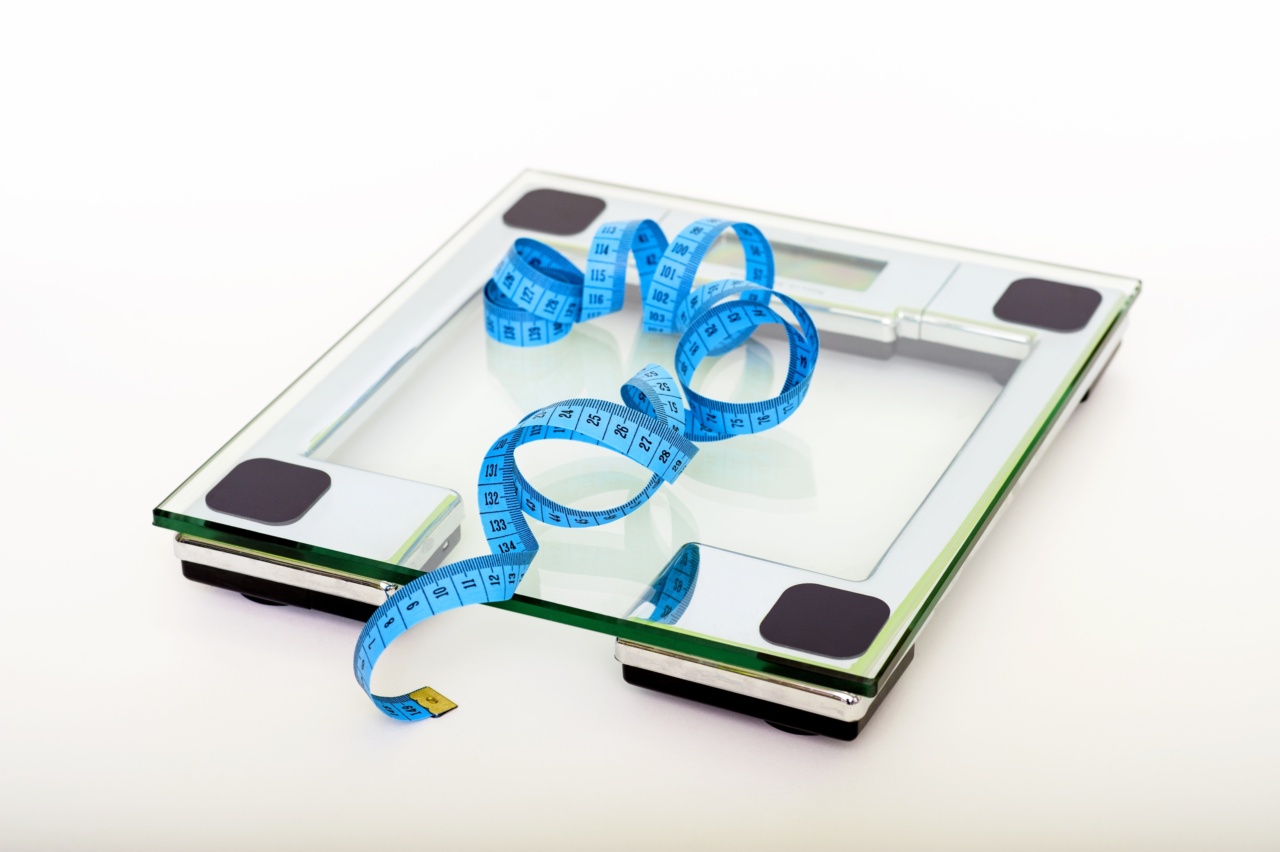Have you been working hard to lose weight, but your scale seems to be stuck in the same place? It can be incredibly frustrating to put in the effort and not see any results.
However, before you give up, there are some troubleshooting tips you can try to get your scale and your weight loss journey back on track.
1. Check your scale’s accuracy
The first and most obvious thing to do is to make sure your scale is accurate. A scale that is not calibrated correctly can give you incorrect readings, which can be deceiving. There are a few things you can do to check your scale’s accuracy:.
- Place an object with a known weight, such as a dumbbell, on the scale to see if it registers correctly.
- Step on the scale multiple times to make sure it gives you consistent readings.
- Check the batteries to see if they need to be replaced as low battery levels can affect the accuracy of the scale.
2. Consider fluctuations in weight due to water retention
Many factors can contribute to water retention, including hormonal changes, salt intake, and dehydration. When your body retains water, it can cause fluctuations in your weight that are not related to fat gain or loss.
Try these tips to help reduce water retention:.
- Reduce your salt intake.
- Drink plenty of water to stay hydrated.
- Eat foods that are natural diuretics, such as asparagus and cabbage.
- Try gentle exercise, such as yoga, to help improve circulation and reduce fluid buildup.
3. Avoid obsessing over daily weight fluctuations
It’s important to remember that weight loss is not a linear process. Your weight can fluctuate on a daily basis based on factors such as water retention, food intake, and bowel movements.
While it’s essential to track your progress, it’s equally important not to obsess over daily weight fluctuations.
Instead, try weighing yourself once a week at the same time of day and under the same conditions. This will help reduce the impact of daily fluctuations and give you a better sense of your progress over time.
4. Take body measurements instead of relying solely on the scale
If your scale is not cooperating, it may be time to take a different approach to tracking your progress. In addition to weighing yourself, consider taking body measurements such as waist circumference and body fat percentage.
Body measurements can provide a more accurate picture of your progress than the scale alone, and they can also help you identify areas where you may need to focus more effort, such as toning and strengthening specific muscle groups.
5. Re-evaluate your diet and exercise routine
If you’ve tried the above troubleshooting tips and are still not seeing results, it may be time to re-evaluate your diet and exercise routine.
While there is no one-size-fits-all approach to weight loss, there are some basic principles that can help you achieve your goals:.
- Eat a healthy, balanced diet that includes plenty of fruits, vegetables, lean protein, and whole grains.
- Avoid processed foods and sugary drinks, which can contribute to inflammation and weight gain.
- Incorporate strength training exercises into your workout routine to build muscle and increase metabolism.
- Find physical activities that you enjoy, such as swimming or hiking, to help you stay motivated and engaged.
6. Seek professional help
If you’ve tried everything above and are still struggling to lose weight, it may be time to seek professional help.
A registered dietitian or certified personal trainer can help you create a customized plan tailored to your specific needs and goals.
They can also provide support and guidance to help you stay on track and make meaningful progress towards your weight loss goals.
7. Be patient and consistent
Finally, it’s essential to remember that weight loss takes time and consistency. There are no magic solutions or overnight fixes.
It is essential to stay patient and consistent with your efforts, even on days when it seems like nothing is happening.
By staying the course and trusting the process, you can achieve your weight loss goals and improve your overall health and well-being.




























